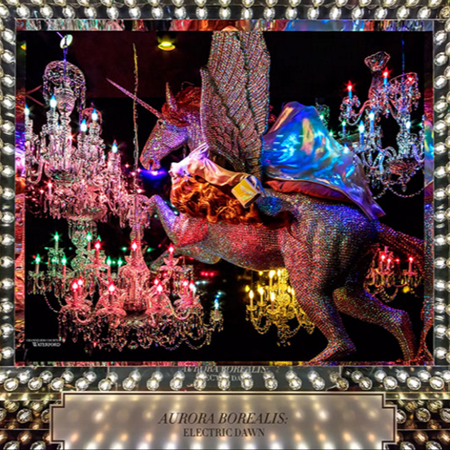
Holiday window shopping is a sure way to get anyone into the spirit of the season, even if you’re not a big “shopper”. It’s also an opportunity for brick and mortar retailers to become a destination during the holiday for people that want to see and experience their spectacular window displays. In this respect, holiday window displays are experiential marketing in its earliest form, and it’s a tactic that is just as effective as ever.
It’s all about delivering an awesome “customer experience” right? Retailers go all out this time of year to create some pretty amazing displays to elevate themselves beyond a transactional experience and entice people’s imaginations and remind them of the wonders of shopping this time of year.
In New York City, thousands of families have made it a tradition to go see the festive holiday windows every year. A trip to see Macy’s creative windows is an iconic destination that attracts 15,000 people per hour during the holiday season. Lord & Taylor estimates that 500,000 people pass by its windows every day this time of year. That’s a lot of traffic.
Aside from helping retailers build the brand experience and increase store traffic, the ultimate goal is to get folks inside the store to buy something – preferably lots of things.
Retail sales during November and December can account for as much as 30% of a retailer’s annual sales. NPD Group, a company that tracks consumer spend, says that impulse buying happens during 45% of visits to stores. They also stated that window displays influence 24% of purchases when viewed.
Not every retailer obviously has the budget for the amazing scenes that Macy’s or Lord &Taylor unveil year after year. Nor can they justify the return on investment for this scale. If you are a small business retailer considering using window displays as a tactic to attract shoppers here are some basic design considerations for success excerpted from Staples’ Window Displays 101:
Window Display Design Considerations
Always tell a story. The common story lines use one of these 3 approaches:
1. Seasonal Displays are a great thematic that can incorporate about any product. Being seasonal, they’re commonly associated with sales and specials, which appeal to consumers.
2. Brand-Based Displays focus on telling the story of the business, its history and ethos. These can remain on display for any length of time.
3. Product-Based Displays showcase featured products, whether they’re new, best-selling or sale items. These displays typically require frequent updating.

Logistics of the window layout:
- The key elements of the display should always be eye-level
- The space above eye level is an idea area to announce a value proposition
- Always consider the perspective of the audience whether viewing from up close or on the other side of the street
- Make sure any messaging is readable from up to 30 feet away for passerby
- Consider the symmetry and spacing when organizing all the elements. Leave extra space on the edges to keep the attention on your focal point
- Select products with a similar color and texture to help tie everything together
- Use lighting to highlight products. Recessed floor lights will shine upwards without creating distracting shadows on the products
This Year’s Best Holiday Window Displays
And, for inspiration, here’s a peek at this year’s best designed holiday window displays in Manhattan, according to design:retail magazine. (… drum roll…)
1. Platinum Award goes to Bergdorf Goodman: a dreamlike “Destination Extraordinary” theme

2. Gold Award second place went to Lord & Taylor: a winter journey through an ‘Enchanted Forest”

3. Silver Award third place went to Bloomingdale’s: a collaboration with visual artists who created chandeliers that expressed their “light” theme.

VMSD Magazine will reveal their Holiday Window recap from around the globe in their February 2017 issue.
